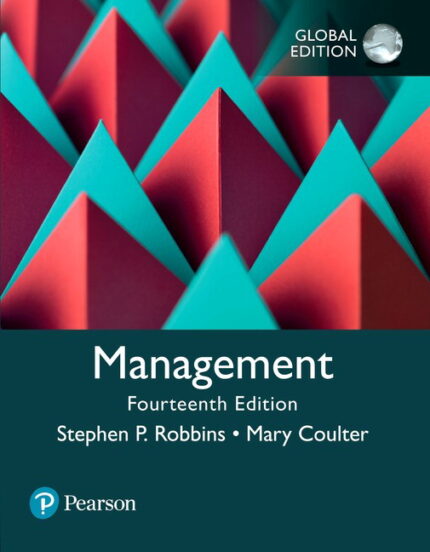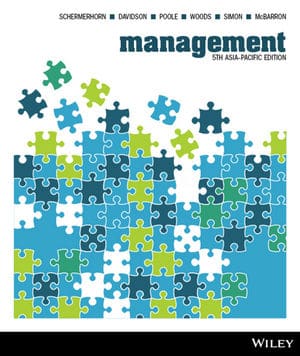Test Bank For Practical Management Science 5th Edition By Wayne L Winston
Chapter 4
|
1. An advertising model in which we try to determine how many excess exposures we can get at different given budget levels is an example of a: a. static optimization model b. dynamic optimization model c. dual objective model d. multiple constraint model ANSWER: c POINTS: 1 |
|
2. The results of a sensitivity analysis with a dual objective model can be shown graphically using a: a. scatterplot b. tradeoff curve c. trend diagram d. bar chart ANSWER: b POINTS: 1 |
|
3. Problems in which we must determine how to schedule employees to provide adequate service under the same situation each planning period are referred to as: a. static scheduling problem b. dynamic scheduling problem c. transportation scheduling problem d. All of these options ANSWER: a POINTS: 1 |
|
4. When a workforce scheduling problems is formulated as an integer programming model, it has: a. an integer objective function b. integer decision variables c. integer constraints d. all of these options ANSWER: c POINTS: 1 |
|
5. Workforce scheduling problems in which the worker schedules continue week to week are: a. continuous problems b. transition problems c. integrated problems d. wraparound problems ANSWER: d POINTS: 1 |
|
6. If Xij refers to the number of hours employee i works in week j , then to indicate that the number of working hours of 4 employees in week 3 should not exceed 160 hours, we must have a constraint of the form a. X11 + X12 + X13 + X14 ≤ 160 b. X13 + X23 + X33 + X43 ≤ 160 c. X31 + X32 + X33 + X34 ≤ 160 d. X43 ≤ 160 ANSWER: b POINTS: 1 |
|
7. In aggregate planning models, which of the following statements are correct? a. The number of workers available influences the possible production levels b. We allow the workforce level to be modified each month through the hiring and firing of workers c. We eventually allow demand to be backlogged; that is, demand need not be met on time d. All of these options ANSWER: d POINTS: 1 |
|
8. Which of the following statements is a type of constraint that is often required in blending problems? a. Integer constraint b. Binary constraint c. Quality constraint d. None of these options ANSWER: c POINTS: 1 |
|
9. The constraints in a blending problem can be specified in a valid way and still lead to which of the following problems? a. Unboundedness b. Infeasibility c. Nonlinearity d. None of these options ANSWER: c POINTS: 1 |














Reviews
There are no reviews yet.